
Why do we need UV protection?
Summer is the time for vacations and holidays, a period in which we want to escape responsibilities and relax. However, it is also the time when our skin suffers the most due to the action of ultraviolet radiation. We need to know that there are two types of UV rays. The first type, UVA rays, are constant and present even on cloudy days. They penetrate the dermis and can cause several negative effects by producing free radicals. The most visible effect is skin aging, resulting in loss of elasticity and the appearance of wrinkles. UVA rays can also cause sun intolerance, manifested by erythema, itching, polymorphic light eruption, and the appearance of spots.
According to medical studies, these types of rays (UVA) are responsible for certain types of skin cancer. UVB rays account for approximately 5% of the ultraviolet radiation reaching the Earth. They are stronger and reach the epidermis. These rays are responsible for tanning but can also cause sunburn, allergic reactions, and certain forms of cancer. The recommended sun protection is sunscreen with a high protection factor. It is advisable to apply sunscreen before sun exposure, using a sufficient amount. After sun exposure, it is recommended to use a moisturizing cream. However, sunscreen is not the only way to protect ourselves from the sun’s rays.
Appropriate Clothing
Proper clothing plays an important role in providing optimal protection. Clothes made of natural materials, lightweight fabrics, hats, and sunglasses create a barrier against ultraviolet radiation. Direct sun exposure should be avoided between 11:00 AM and 3:00 PM when solar radiation intensity is at its highest.
Effective Hydration
During summer, it is recommended to consume an adequate amount of water to meet the increased needs of our body. Otherwise, there is a risk of dehydration and an increase in oxidative stress at the cellular level.
Correct Nutrition
Certain foods have a high content of antioxidants, which help protect us from the sun. Antioxidants prevent premature cell death by inhibiting the oxidation of cells through the neutralization of free radicals. Free radicals are by-products of metabolic processes and energy production resulting from respiratory and inflammatory processes, as well as external factors such as pollution, radiation, smoking, and alcohol consumption. Foods to be consumed during summer to help our body fight against the harmful effects of UV radiation include red, orange, green peppers, zucchini, carrots, especially cooked tomatoes as they release lycopene, a substance that protects the body from sunburn. Olive oil, Omega-3 fatty acids from fish, dark chocolate, and leafy green vegetables are a few examples of foods that should be consumed during summer to prevent the harmful effects of UV radiation.
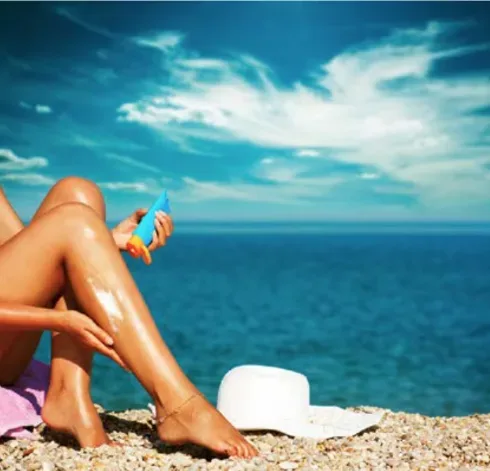
Alternatives to Sunscreen
If you are reluctant to use commercially available sunscreens, there are natural alternatives such as sea buckthorn oil, sesame oil, olive oil, coconut oil, cocoa butter, and aloe vera gel that can protect the skin.
Photosensitizing Medications
There are medications that can cause allergic reactions following exposure to ultraviolet radiation, and it is important to be aware of this. Photoreaction varies depending on the dose, intensity of exposure, type of substance, and polypharmacy. Some of these medications include antibiotics (e.g., Doxycycline, Tetracycline, Ofloxacin, Ciprofloxacin, Pefloxacin, Norfloxacin, Lomefloxacin), nonsteroidal anti-inflammatory drugs like Ibuprofen, Naproxen, Tenoxicam, certain antidiabetic medications, antiemetic medication, etc. In conclusion, it is important to mention that achieving the perfect tan and maintaining healthy skin does not only depend on applying a simple sunscreen but involves several steps that go beyond the end of the summer season.
Ioana Visan (Calo)
" Atractia Ioanei pentru medicina a izvorat din perioada copilariei. Putini sunt cei care doresc sa devina doctori inca din scutece si se mentin pe aceeasi traiectorie pana la maturitate. Pe langa pasiunea pentru corpul uman a manifestat interes si pentru sanatate publica, implicandu-se in campanii de voluntariat derulate de-alungul celor sase ani de Medicina Generala. A sustinut prezentari despre educatie sexuala in licee, prezentari despre cancerul de col uterin si Hpv, implicandu-se totodata in campanii de donare. A fost asistent coordonator si apoi coordonator al proiectului Anti-fumat “Smoke free days”. Si-a perfectionat abilitatile de a comunica si interactiona cu oamenii, prioritiza task-urile si manageria proiectele participand la training-uri de dezvoltare personala: Presentation Skills, Time Management, Public Speaking, Project Management, Project Development si Organizational Management. In prezent este medic rezident pe obstetrica-ginecologie la Spitalul de Urgente Sfantul Ioan - Maternitatea Bucur. “Consider ca adevarata medicina se face cu pasiune si daruire totala. Un medic bun trebuie, sa empatizeze cu pacientii sai si sa stie sa îi asculte. Un zâmbet cald poate schimba un prognostic si asigura complianta la tratament.” "
Recent Posts
Related Articles
CrossFit exercises practiced outdoors or at home
Concentration and discipline are indispensable for succeeding in any training program, regardless...
July 27, 2023Health guide for “ageless” women
Discover the Benefits of Physical Exercise and the Best Types of Training...
July 27, 2023Home-Based Pregnancy Workout in Comfort
The Benefits of Prenatal Home Workout The way we interact with people...
July 10, 2023Supplementation with Vitamins and Minerals
Essential nutrients for the body The macronutrients and micronutrients are essential for...
July 10, 2023





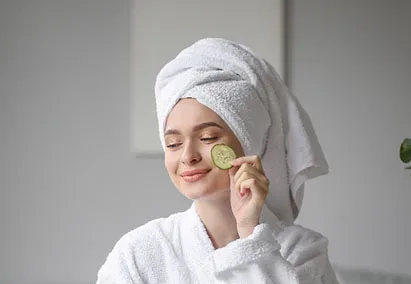








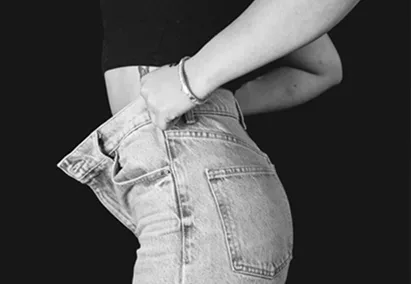




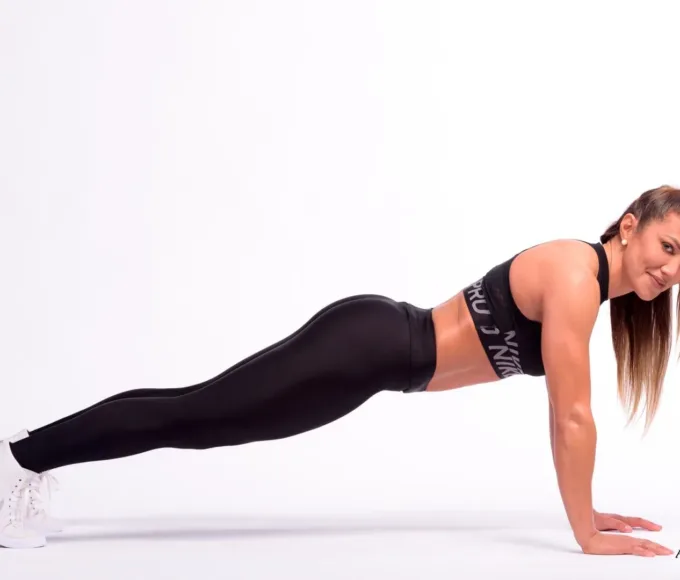


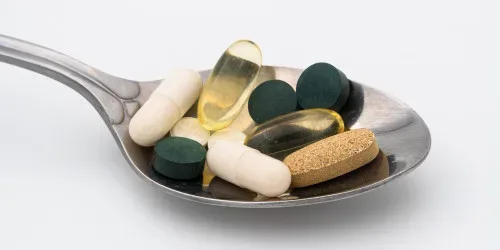
Leave a comment